

The Mayan calendar is a system of distinct calendars and almanacs used by the Maya civilization of pre-Columbian Mesoamerica, and by some modern Maya communities in highland Guatemala.
The essentials of the Mayan calendric system are based upon a system which had been in common use throughout the region, dating back to at least the 6th century B.C.E. It shares many aspects with calendars employed by other earlier Mesoamerican civilizations, such as the Zapotec and Olmec, and later ones such as the Mixtec and Aztec calendars. Although the Mesoamerican calendar did not originate with the Maya, their subsequent extensions and refinements of it were the most sophisticated. Along with those of the Aztecs, the Mayan calendars are the best-documented and most completely understood.
By the Mayan mythological tradition, as documented in Colonial Yucatec accounts and reconstructed from Late Classic and Postclassic inscriptions, the deity Itzamna is frequently credited with bringing the knowledge of the calendar system to the ancestral Maya.
The most important of these calendars is one with a period of 260 days. This 260-day calendar was prevalent across all Mesoamerican societies, and is of great antiquity. It is still used in some regions of Oaxaca, and by the Mayan communities of the Guatemalan highlands. The Mayan version is commonly known to scholars as the Tzolkin. The Tzolkin is combined with another 365-day calendar known as the Haab, to form a synchronized cycle lasting for 52 Haabs, called the Calendar Round. Smaller cycles of 13 days and 20 days were important components of the Tzolkin and Haab cycles, respectively.
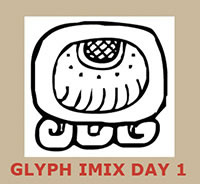


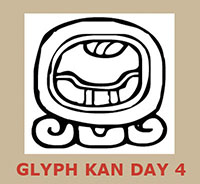
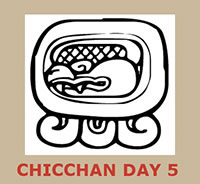
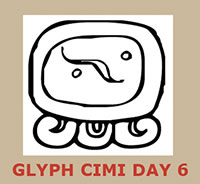

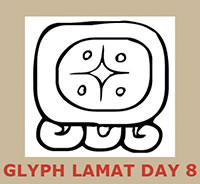
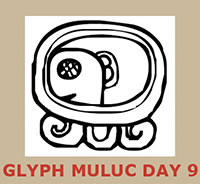

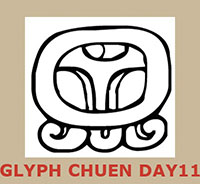
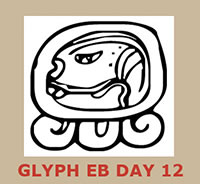
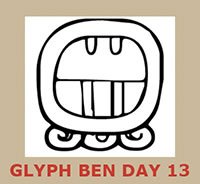
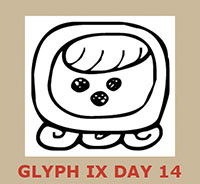
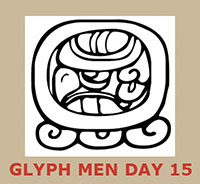

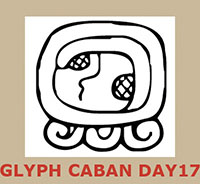
.jpg)
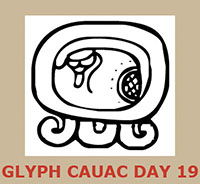
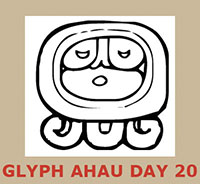
The Haab' comprises eighteen "months" of twenty days each, plus an additional period of five days the nameless days at the end of the year known as Wayeb'
The Haab' was the foundation of the agrarian calendar and the month names are based on the seasons and agricultural events. For example the thirteenth month, Mak, may refer to the end of the rainy season and the fourteenth month, K'ank'in, may refer to ripe crops in the fall.
Each day in the Haab' calendar was identified by a day number within the month followed by the name of the month. Day numbers began with a glyph translated as the "seating of" a named month, which is usually regarded as day 0 of that month, although a minority treat it as day 20 of the month preceding the named month. In the latter case, the seating of Pop is day 5 of Kayab'. For the majority, the first day of the year was Seating Pop. This was followed by 1 Pop, 2 Pop ... 19 Pop, Seating Wo, 1 Wo and so on.
Inscriptions on The Temple of the Cross at Palenque shows clearly that the Maya were aware of the true length of the year, even though they did not employ the use of leap days in their system of calculations generally. J. Eric Thompson wrote that the Maya knew of the drift between the Haab and the solar year and that they made "calculations as to the rate at which the error accumulated, but these were merely noted as corrections they were not used to change the calendar."
There are at least two inscriptions with periods of 1508 Haab from Palenque which equates to 1507 tropical years, or 550420 days. This gives the Maya approximation to the tropical year at being 365.2422 days, being more accurate than the Gregorian Year currently used across the world today. 1508 Haab also incorporates 29 full Calendar Rounds, and two codices, the Codex Laud and Codex Mexicanus also records the 1508 Haab intervals.
The five nameless days at the end of the calendar called Wayeb' were thought to be a dangerous time. Foster (2002) writes "During Wayeb, portals between the mortal realm and the Underworld dissolved. No boundaries prevented the ill-intending deities from causing disasters." To ward off these evil spirits, the Maya had customs and rituals they practiced during Wayeb'. For example, people avoided leaving their houses or washing or combing their hair.



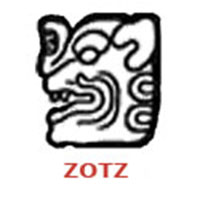


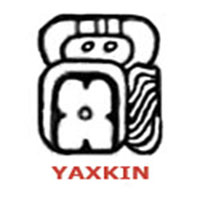


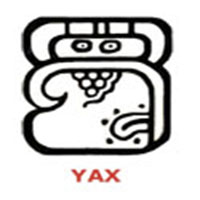
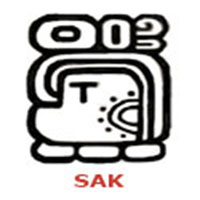

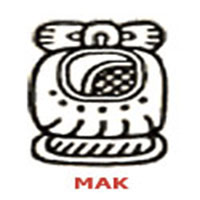

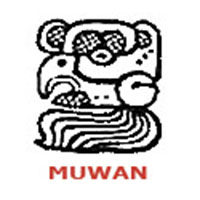
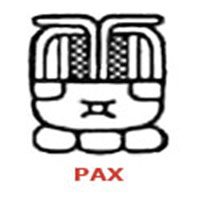
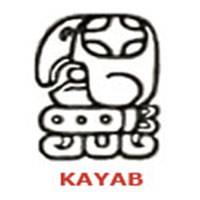
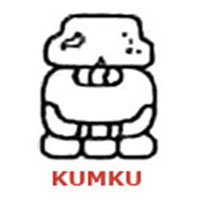
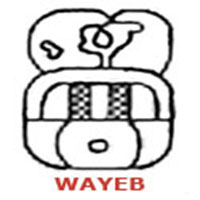
A different form of calendar was used to track longer periods of time, and for the inscription of calendar dates. This form, known as the Long Count, is based upon the number of elapsed days since a mythological starting-point. According to the correlation between the Long Count and Western calendars this starting-point is equivalent to August 11, 3114 B.C.E in the Gregorian calendar or September 6, 3113 B.C.E. in the Julian calendar. By its linear nature, the Long Count was capable of being extended to refer to any date far into the future or past. This calendar involved the use of a positional notation system, in which each position signified an increasing multiple of the number of days. The Mayan numeral system was essentially vigesimal, and each unit of a given position represented 20 times the unit of the position which preceded it. An important exception was made for the second place value, which instead represented 18 x 20, or 360 days, more closely approximating the solar year than would 20 x 20 = 400 days. One day would be 1 Kin therefore 20 days would be 20 Kin or 1 Winal 1/18 of a year. Eighteen Winal would be 1 Tun or one year, 360 in days. Twenty Tun would be 1 Katun or 20 years, 7200 in days. Twenty Katun would be 1 Baktun 395 years, 144000 in days.